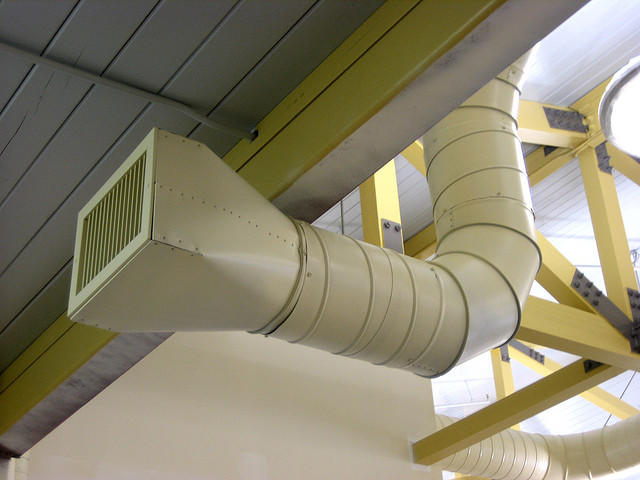How does an HVAC System Work?

Whether you need a Bay Area general contractor, stat, to fix your malfunctioning air conditioning (and prevent your family from sweltering to death in your home); or you’re just curious about how to lower costs and ensure maximum comfort for your family, here’s a quick catalog of the components of your heating, ventilation and air conditioning (HVAC) system.
Heating and Air Conditioning System Components
1. Vents and Ducts
Ducts are the conduits by which warmed or cooled air gets distributed into the rooms of your house (or office). They’re made of hardy metal that can withstand various temperatures and humidity levels. Vents allow the air from the ducts to enter your rooms. Ducts act as “the piping” that connects vents with other elements of your HVAC system. Your vents and ducts should be clean, free of debris, and fully intact to maximize function and minimize costs.
2. Furnace
The source of heat for the HVAC system, the furnace drives the entire engine of the HVAC process. It expels heated or cooled air into the duct work into the rest of the house.
3. Heat Exchanger
This unit extracts cool air from the home and reheats it for circulation. In many ways, it’s similar to the action of the human heart: instead of “oxygenating blood,” the exchanger warms cold air.
4. Condensing Unit And Evaporator Coil
The converse of the furnace and heat exchanger, these units help cool air and send chilled air through the building. Evaporator coils are part of the furnace, but they chill air, which then gets blown into the ducts by the furnace. The “guts” of the evaporator coil are similar to your car’s radiator. The condensing unit, meanwhile, sits outside of the building. It uses refrigerated gas to cool air, which it then serves up to the furnace to be blown through the ductwork.
That’s a simplified explanation of the main HVAC components. For help with your maintenance or general contractor needs, contact the B.A. Morrison team today for a free consultation at (510)-538-9817.

















